Unraveling the Complex History of Autism Development
The question of 'Who made autism?' extends beyond mere origins to encompass the genetic, societal, and historical forces that shaped our understanding of this neurodevelopmental condition. From early clinical descriptions to modern genetic research, the evolution of autism reflects a complex interplay of scientific discoveries, societal perceptions, and diagnostic developments. This article explores the pioneering figures, shifting conceptual frameworks, and social perceptions that have contributed to the formation of autism as we know it today.
Early Foundations and Initial Descriptions of Autism
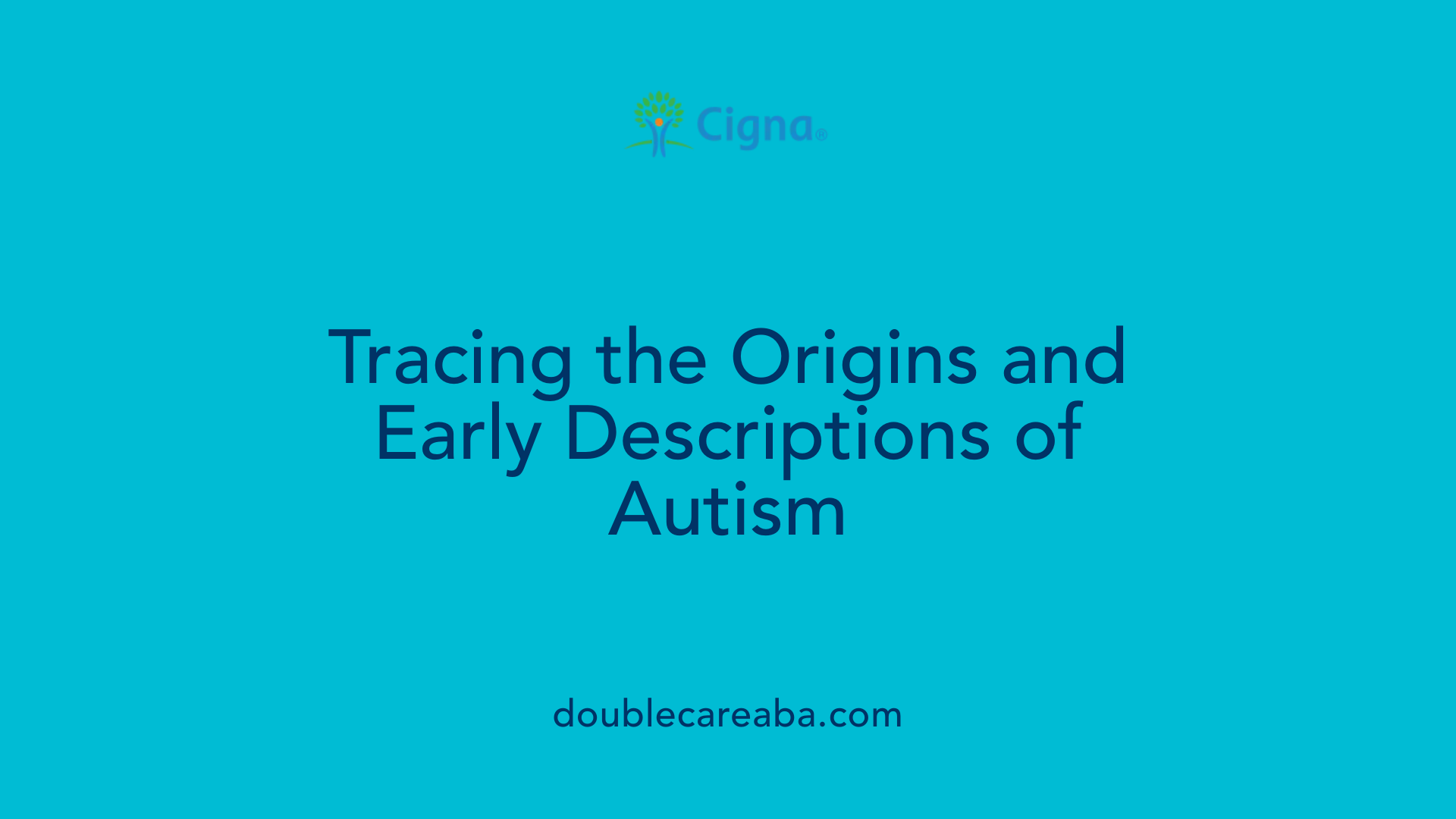
Who first used the term autism spectrum?
The phrase "autism spectrum" gradually emerged through decades of clinical research and observation, rather than originating from a single individual. The word "autism" was initially introduced by Swiss psychiatrist Eugen Bleuler in 1911 to refer to a symptom of schizophrenia characterized by withdrawal from reality. Later, in 1943, Leo Kanner identified and described "early infantile autism", highlighting traits like social withdrawal and repetitive behaviors. Hans Asperger, around 1944, documented similar behaviors in children, later associated with Asperger’s syndrome.
Over time, clinicians and researchers recognized that autism encompasses a range of behaviors and severities. This understanding matured through further studies and was officially encapsulated in diagnostic frameworks, leading to the term "autism spectrum" as we know it today. Its development was a collective process rooted in the work of multiple figures, culminating in its inclusion in the DSM-5 in 2013.
What was autism called 100 years ago?
A century ago, the behaviors now classified as autism were observed but not explicitly distinguished as a separate diagnosis. The earliest use of the term "autism" in a medical context was by Eugen Bleuler in 1911, describing symptoms associated with schizophrenia, not as an independent condition. It wasn't until the 1940s that clinicians like Leo Kanner and Hans Asperger detailed-specific traits—such as social withdrawal, repetitive movements, and unique language patterns—that laid the foundation for recognizing autism as a distinct neurodevelopmental disorder.
These early descriptions marked the beginning of autism research, but it took many more decades for the condition to be formally categorized and understood within psychiatric classification systems. The term and concept in its modern sense only solidified in medical literature through the latter half of the 20th century.
Pioneers in Autism Identification: Kanner, Asperger, and Sukhareva
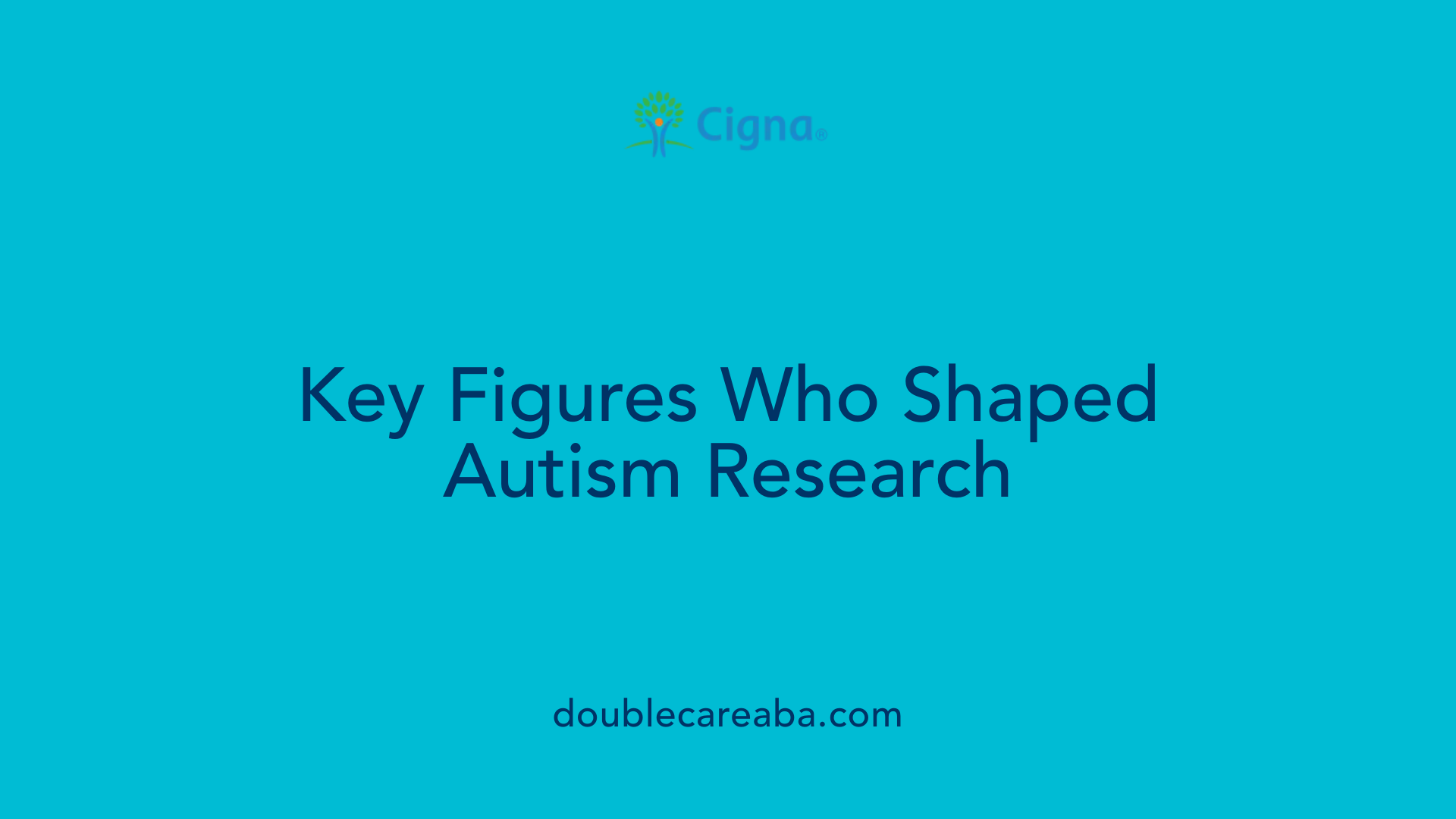
Who were key figures involved in the identification and development of autism?
Several influential researchers played vital roles in shaping our understanding of autism. Eugen Bleuler first used the term "autism" in 1911 to describe symptoms associated with schizophrenia. Grunya Sukhareva, a Russian psychiatrist, made an early and detailed description of autistic traits in children in 1925. Her work outlined behaviors like social withdrawal, peculiar interests, and sensory sensitivities, closely aligning with modern diagnostic features.
Later, in 1938 and 1944, Hans Asperger published studies describing boys with distinct social difficulties, strong interests, and advanced verbal skills. His work contributed to what would later be called Asperger syndrome, now integrated into autism spectrum disorder (ASD). Meanwhile, Leo Kanner's 1943 study marked a turning point by explicitly defining what he called "early infantile autism," highlighting severe social, communicative, and behavioral challenges observed in children.
Collectively, these figures provided foundational insights. Bleuler introduced the concept of autism, while Sukhareva, Asperger, and Kanner provided detailed clinical descriptions. Their pioneering research laid the groundwork for modern autism diagnostics and understanding, influencing how the condition is recognized and studied today.
| Figure | Year | Focus Area | Contribution |
|---|---|---|---|
| Eugen Bleuler | 1911 | Schizophrenia | First used "autism" to describe withdrawal and fantasy in mental illness |
| Grunya Sukhareva | 1925 | Child traits | Detailed early account of behaviors now seen in autism |
| Hans Asperger | 1938, 1944 | Behavioral patterns | Described boys with social difficulties and special interests |
| Leo Kanner | 1943 | Infantile autism | Defined a distinct syndrome with social and communicative impairments |
His work remains foundational in the field.
Evolution of Autism Conceptualization and Diagnostic Criteria
How has the understanding and conceptualization of autism evolved over time?
Initially, autism was viewed through psychoanalytic lenses, with theories like Bruno Bettelheim's refrigerator mother hypothesis blaming cold parenting for the condition. During the mid-20th century, researchers such as Leo Kanner and Hans Asperger identified behavioral features in children, describing autistic traits that ranged from severe social withdrawal to clumsiness and special interests.
Kanner's 1943 description focused on children with social difficulties, adherence to routines, and repetitive behaviors. Asperger, in 1944, detailed children who spoke early and could have good verbal skills but exhibited social challenges and obsessive interests, leading to the concept now known as Asperger’s syndrome.
As research progressed, the understanding shifted from internal psychological constructs to a neurodevelopmental framework. By the 1980s, diagnostic manuals like DSM-III began to define autism based on observable behaviors, emphasizing social impairments, communication difficulties, and repetitive actions.
The most significant development was in 2013 when DSM-5 introduced 'Autism Spectrum Disorder' (ASD), integrating previous conditions such as Asperger’s syndrome, Autistic Disorder, and Pervasive Developmental Disorder into a single diagnosis. This reflected a nuanced understanding that autism spans a spectrum of presentations rather than distinct categories.
This evolution from clinical observations and psychoanalytic theories to biological, genetic, and neurodevelopmental models showcases how our comprehension continues to advance with ongoing research.
Genetics and Environmental Factors in Autism Origins
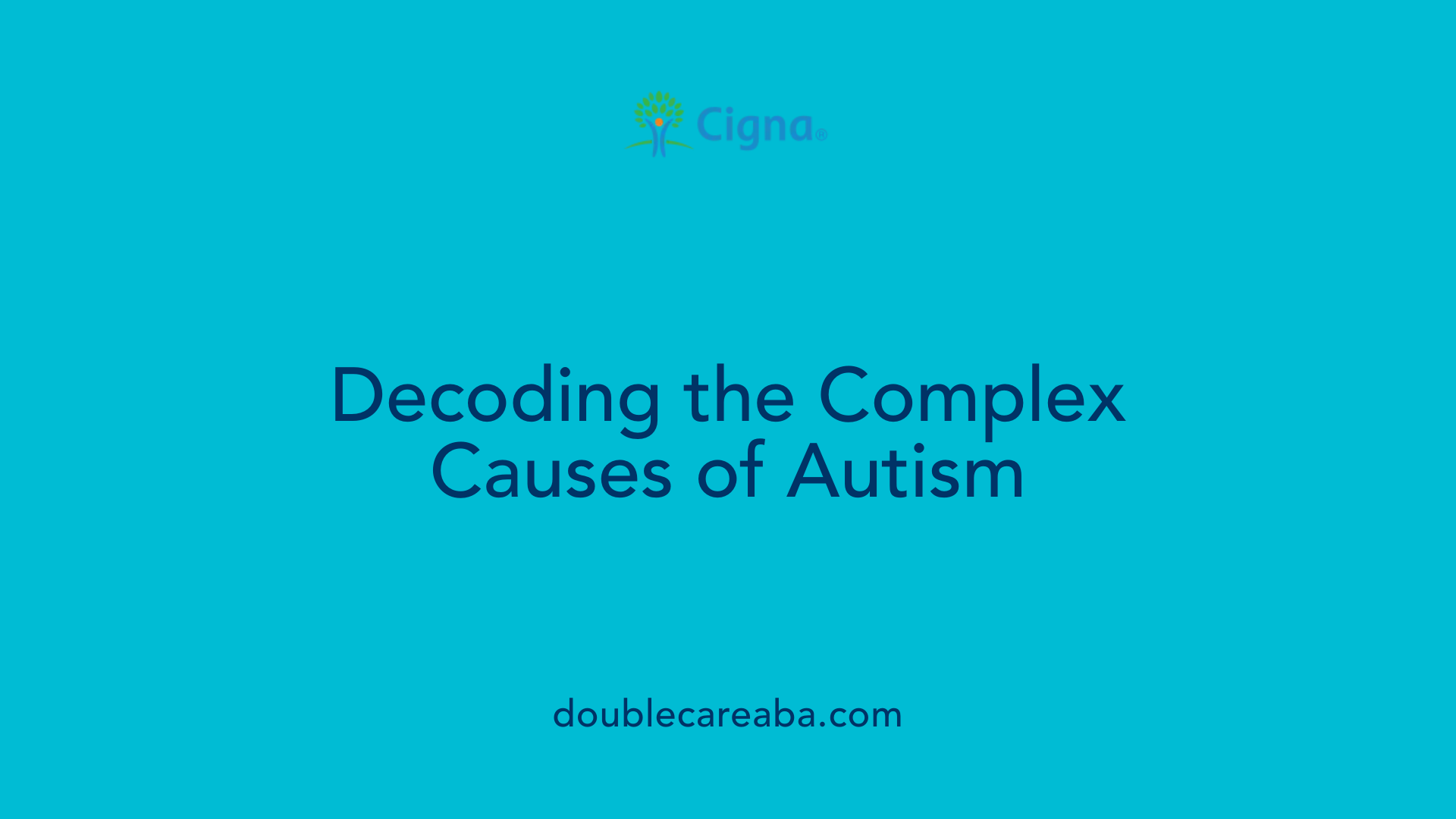
Does autism have a known dominant cause?
Autism is not caused by a single dominant factor. Instead, it results from a complex combination of genetic and environmental influences. Scientific research shows that genetics play a major role, with heritability estimates typically ranging from 60% to 90%. This high genetic contribution means that if one twin has autism, the chances of the other twin also being affected are very high, especially for identical twins where the rate can be over 90%.
Many different gene mutations and variations have been linked to autism. Specific genes such as SCN2A and Shank3 are known to be involved. Mutations in these genes can significantly increase the risk of developing autism. For instance, some mutations are classified as de novo variants, meaning they occur spontaneously and are not inherited from the parents. These new mutations can have strong effects and contribute to autism in otherwise unaffected families.
Moreover, most genetic influences are due to the combined action of thousands of gene variants. These variants may individually have small effects, but together they can substantially impact brain development and function. Interestingly, some genetic variations associated with autism are also linked to enhanced talents, such as higher educational achievement or artistic abilities.
Environmental factors also contribute to autism risk. Conditions during pregnancy, maternal health, exposure to environmental pollutants, advanced parental age, and complications at birth can influence neurodevelopment. The multifactorial nature of autism means that no single cause is responsible. Instead, an intricate interplay of multiple genes and environmental factors shapes the individual's developmental trajectory.
Understanding the genetic basis of autism has advanced greatly. Identifying mutations like SCN2A and Shank3 helps researchers understand the neurobiological pathways involved. Research into de novo mutations and polygenic risk scores continues to shed light on how genetic diversity influences autism. This knowledge not only enhances scientific understanding but may also lead to tailored interventions and informed reproductive decisions in the future.
Societal Perceptions and Evolving Attitudes Toward Autism
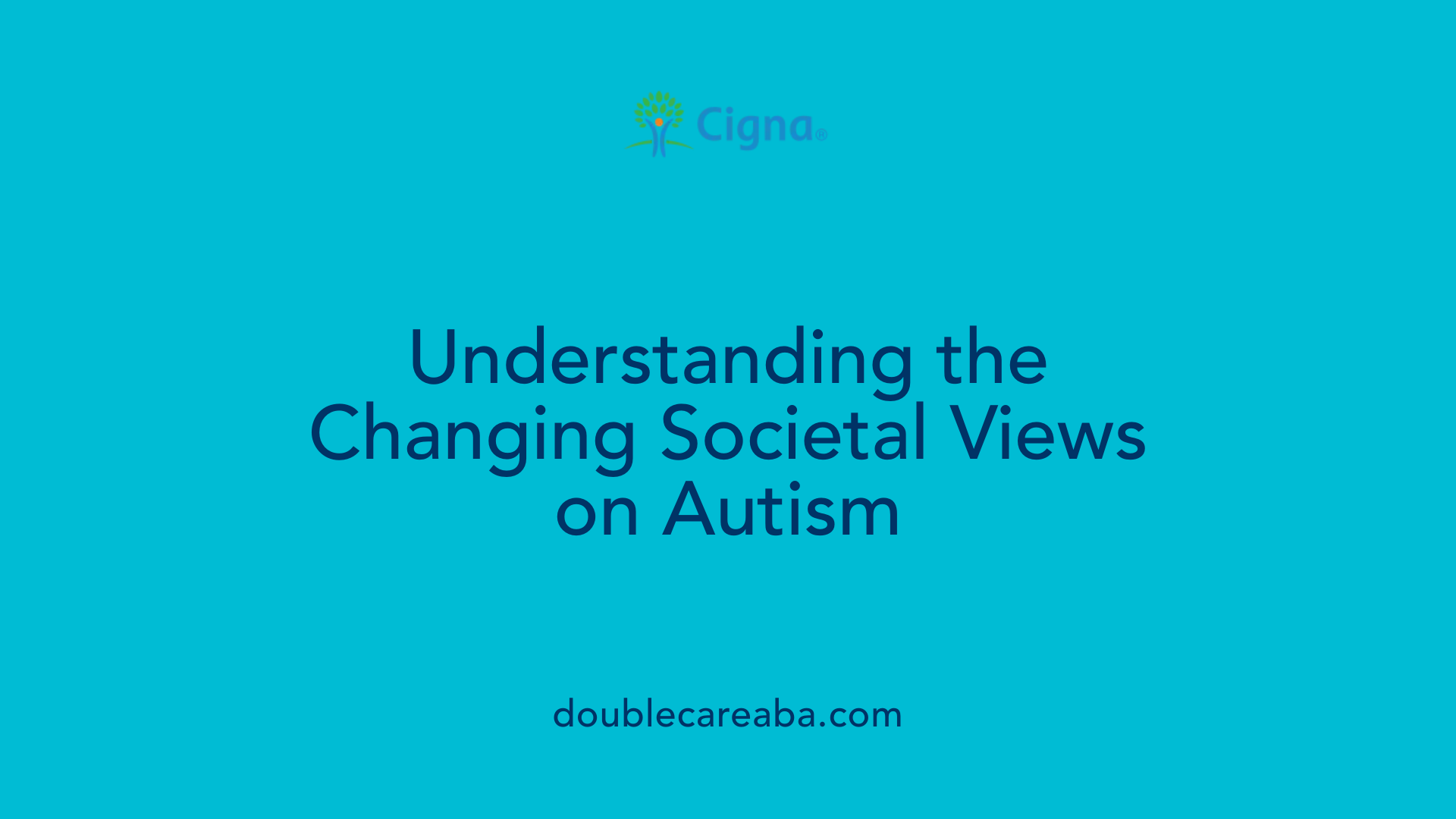
How has the societal perception of autism changed throughout history?
In the early 20th century, societal views on autism were marked by misunderstanding and stigma. Autism was often conflated with mental illness or seen as a result of poor parenting, particularly the now-discredited 'refrigerator mother' theory proposed in 1949. Children with autistic traits were frequently institutionalized, and their condition was rarely understood or accepted.
Over the decades, scientific research began to clarify autism as a neurodevelopmental disorder with genetic and environmental roots. The pioneering work of Leo Kanner in the 1940s helped establish autism as a distinct condition, but societal attitudes lagged behind scientific understanding.
By the 1980s, with inclusion in DSM-III and ICD, autism gained formal recognition in psychiatric classifications. This period also saw increased advocacy, aiming to challenge stereotypes and promote awareness.
In recent years, the concept of neurodiversity has emerged, emphasizing acceptance and appreciation of cognitive differences. Movements for autism acceptance and campaigns to highlight strengths have fostered a more positive outlook.
Despite these advances, misconceptions and biases persist. Autistic individuals still face social exclusion, discrimination, and mental health challenges rooted in societal attitudes. The ongoing battle involves educating the public, promoting inclusive policies, and combatting prejudice.
Society's journey from viewing autism as a defect to recognizing it as a natural variation reflects broader shifts toward diversity and inclusion. Continued effort is crucial to overcome remaining biases and support autistic individuals' rights and dignity.
Living with Autism: Challenges, Support, and Progress
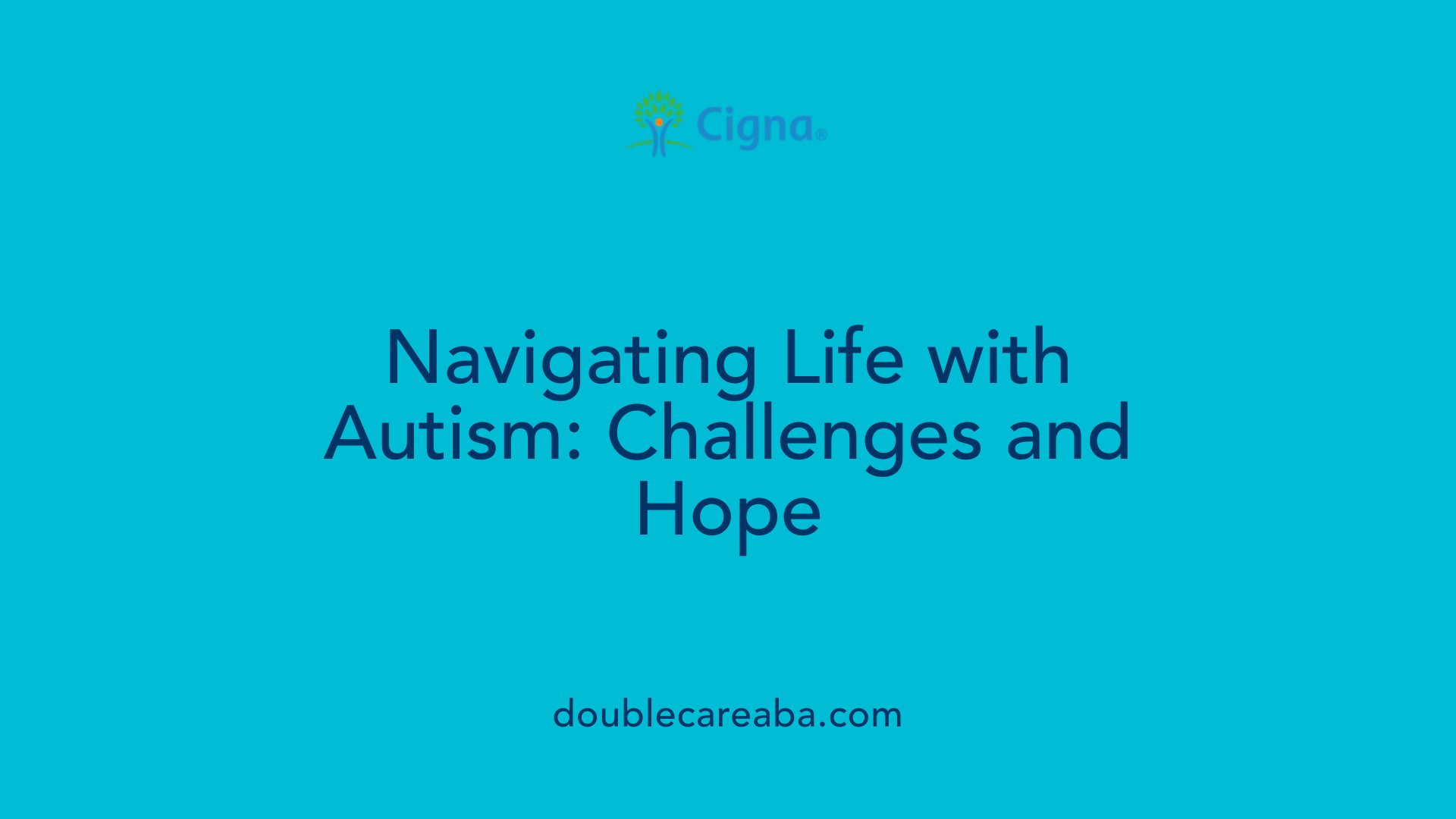
Is life harder with autism?
Living with autism can present various challenges, including social communication difficulties, sensory sensitivities, and mental health issues like anxiety. Individuals on the autism spectrum often experience difficulties in understanding social cues, engaging in typical social interactions, and managing sensory input from their environment.
These challenges can make everyday activities, social participation, and forming relationships more complicated, especially if support systems are limited or absent. Many autistic individuals may also face mental health issues such as anxiety, depression, or burnout due to the stress of navigating a world that is not always accommodating.
However, the experience of living with autism varies widely. With appropriate support, accommodations, and a better societal understanding, many autistic people lead fulfilling, independent lives. They pursue careers, develop meaningful relationships, and express their talents. Emphasizing strengths and providing tailored support can significantly improve quality of life.
The degree of life's difficulty depends on multiple factors, including access to resources, education, healthcare, and societal acceptance. As awareness and inclusive practices grow, the challenges faced by autistic individuals tend to decrease, highlighting the importance of continued education, policy, and community support. Overall, while autism can pose certain hurdles, supportive environments enable many to thrive.
A Continual Journey of Discovery and Acceptance
The story of autism's origins and evolution is ongoing, rooted in pioneering research, societal shifts, and scientific advances. From early descriptions to complex genetic studies, our understanding continues to deepen, shaping more inclusive attitudes and supportive practices. Recognizing the contributions of early researchers and societal progress highlights the importance of continued inquiry and awareness in forging a future where neurodiversity is celebrated and supported.
References
- The history of autism - National Autistic Society
- History of autism - Wikipedia
- Autism History - News-Medical.net
- How autism became autism: The radical transformation of a central ...
- About Autism | Autism Canada
- The History of Autism
- Hans Asperger, National Socialism, and “race hygiene” in Nazi-era ...
- Historical Perspective - National Autism Center at May Institute
- Asperger syndrome (Asperger's) - National Autistic Society
- The genetic mystery of why some people develop autism - BBC















